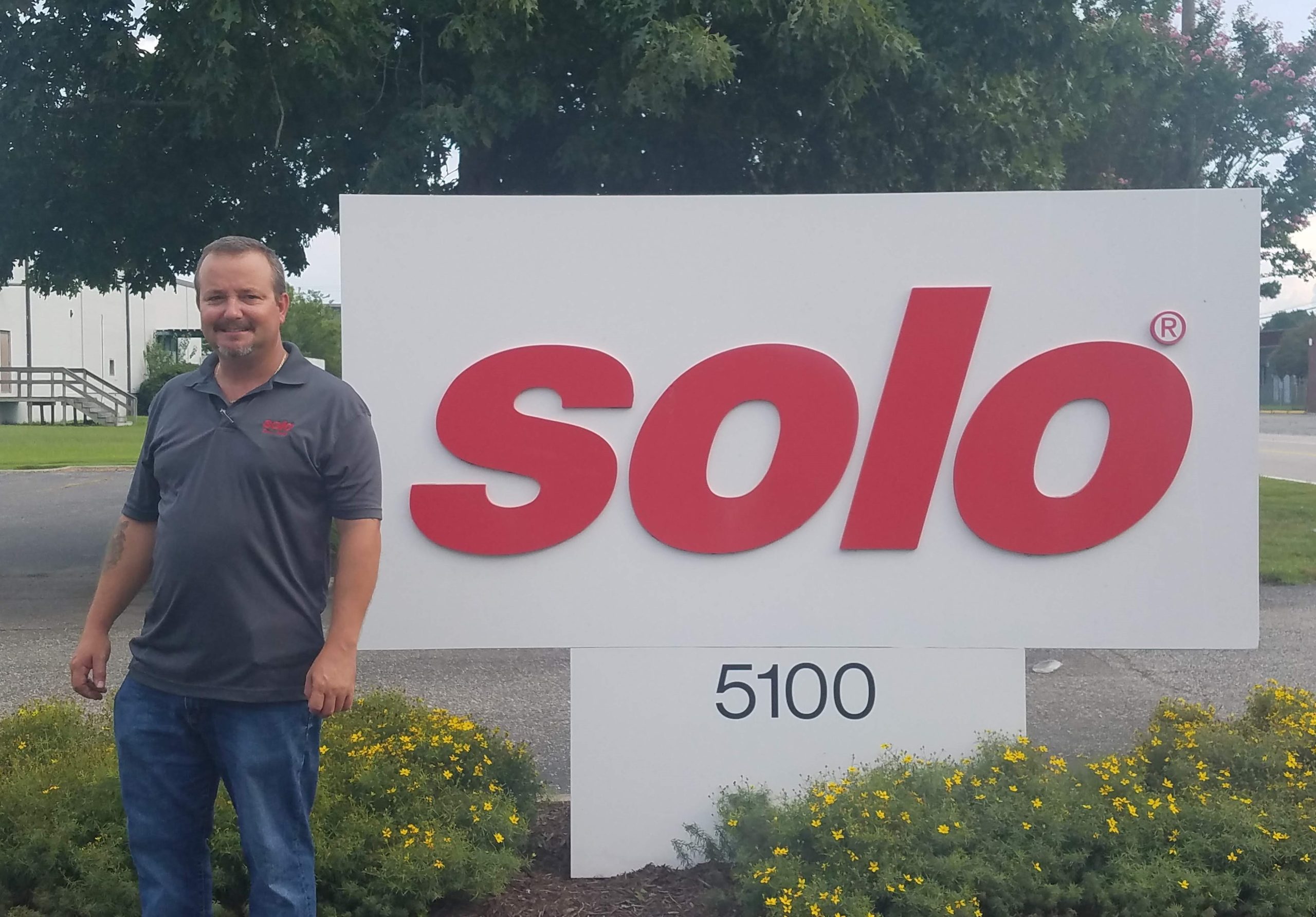
Sprayers are an investment and should last for a long time without significant issues. Sprayer issues are usually avoidable with regular maintenance. However, not everyone knows that maintenance is crucial for sprayer longevity. To help our customers better understand how to care for their sprayer, we spoke to our Technical Supervisor, Thornton, about sprayer safety and maintenance.
We explored sprayer longevity, common mistakes, and general safety tips. Here is our interview with Thornton on how to maintain and safely use a sprayer:
Question: What is the best way to ensure sprayer longevity?
Answer: “The absolute best form of maintenance is rinsing and flushing with a solution of water and a few drops of dish detergent after each use. Rinsing and flushing washes any chemical residue from the seals and ensures a long, dependable life for a sprayer.
Most herbicides sold today have additives that make the product more effective. These additives will settle at the bottom of the tank, and sometimes collect on the nozzle filters, or pick up tubes causing loss of pressure or performance. Simple rinsing and flushing almost always alleviates these issues.”
Question: What’s a mistake that you often see with professional users that lead to sprayer problems?
Answer: “Most professional users are going to many job sites daily. The sprayer is constantly used and usually has little to no maintenance performed, leading to later issues. It’s understandable if the daily rinse and flush method cannot be done. If you cannot do daily maintenance, try to do it at least every other day. It does make a huge difference.”
Question: What’s a common mistake you see non-professionals make?
Answer: “Product selection is important, but often overlooked. Many customers pick any sprayer or the most economical priced unit, although it may not be suited for the job they need to do. In situations like this, it’s best to contact Solo for advice or suggestions on what products to use.
Here is a situation we had with a customer recently. The customer used a handheld sprayer to remove stains from the roof and siding on a two-story house. We discovered the customer was climbing a ladder while carrying the sprayer to reach the roof and eaves of the house. This method is extremely dangerous. The risk of falling from a ladder is increased if you carry and work with a sprayer in an environment that is wet after rinsing. We recommended a 475-B backpack unit, which works well with these cleaning chemicals, paired with one of Solo’s carbon fiber telescopic extension wands that extend out to 8 feet. The extended wand length and high pressure generated in the backpack sprayer allowed the customer to complete the job from the ground-level.”
Question: Do you have any general tips on sprayer safety and maintenance?
Answer: “Personal protective equipment (PPE) is a must when working with chemicals and spraying equipment. Always take the time to do routine maintenance checks & wear the appropriate eye protection, gloves, and chemically protective clothing. The old saying is true, better safe than sorry.”
Overall, one of the best things you can do to ensure sprayer longevity is to rinse and flush your sprayer after each use. When you’re using a sprayer, safety should always come first. Please do not hesitate to call Solo’s order desk at 757-245-4228 if you’re not sure which sprayer to choose.
